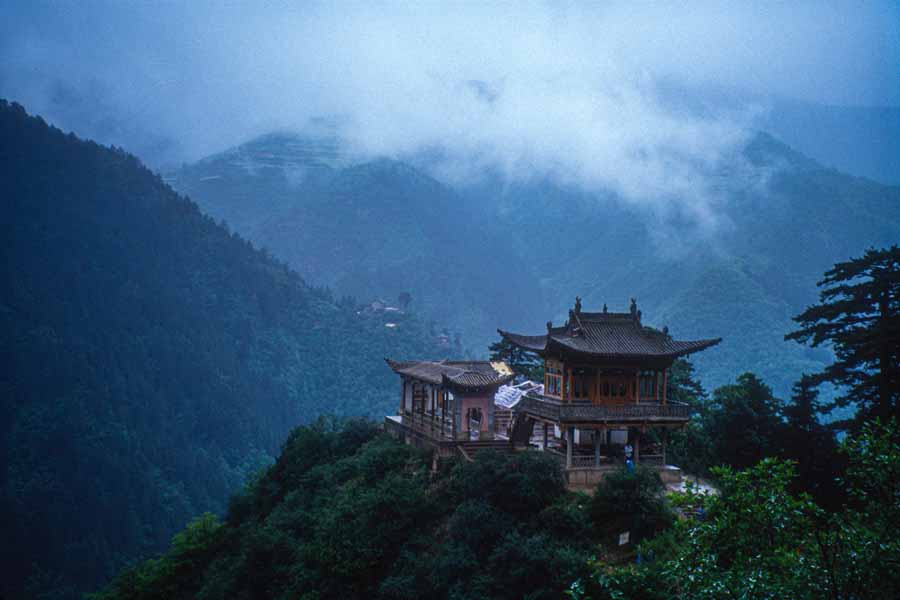There are thousands of mountains in China. When it comes to China’s famous mountains, the most famous ones are the “Five Great Mountains五岳”. “岳(Yue)” means “Great Mountain” and “Five Great Mountains” specifically refer to Mount Tai, Mount Hua, Mount Heng, Hengshan Mountain, and Mount Song. From remote ancient times, people honored the five mountains as “Five Great Mountains”. The “Five Great Mountains” are combinations of ancient folk worship of mountain gods, the concept of the Five Elements and imperial mountain-top worship of Heaven and Earth.
Geographically, Mount Tai is called “Dongyue (East Great Mountain)” in Shandong Province; Mount Hua is called “Xiyue (West Great Mountain)” in Shaanxi Province; Mount Heng is called “Nanyue (South Great Mountain)” in Hunan Province; Mount Song is called “Zhongyue (Central Great Mountain)” in Henan Province; and Hengshan Mountain is called “Beiyue (North Great Mountain)” in Shanxi Province.
Mount Tai (东岳泰山) – East Great Mountain
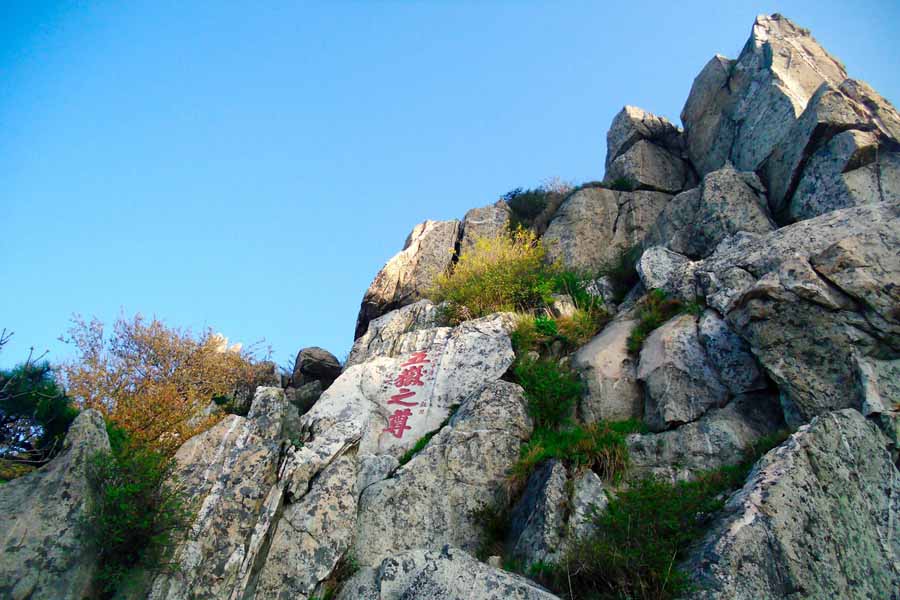
Among them, Mount Tai is the head of the “Five Great Mountains” and has the reputation of being the No.1 mountain in the world(天下第一山). Mount Tai is lofty and magnificent, and its main peak, Jade Emperor Peak, is 1,532 meters above sea level, with a relative height difference of more than 1,000 meters from the surrounding plains and hills, forming a strong contrast, which makes it particularly high in vision. Confucius once praised that “the world seems so small on top of Mount Tai”, while Du Fu, a poet of the Tang Dynasty, wrote bold words like “The time will come when I climb to its very summit and see how tiny the other mountains are”.
Mount Tai is regarded as the magic land of “the direct path to Heaven” by the ancients, and it has become the holy mountain worshipped by the people and sacrificed to by the emperor. There is a saying that Mount Tai is peaceful and the world is peaceful. From the First Emperor of Qin to Qing Dynasty, there were at least 13 emperors who went to Mount Tai to worship Heaven and Earth or sacrifice.
Mount Hua (西岳华山) – West Great Mountain
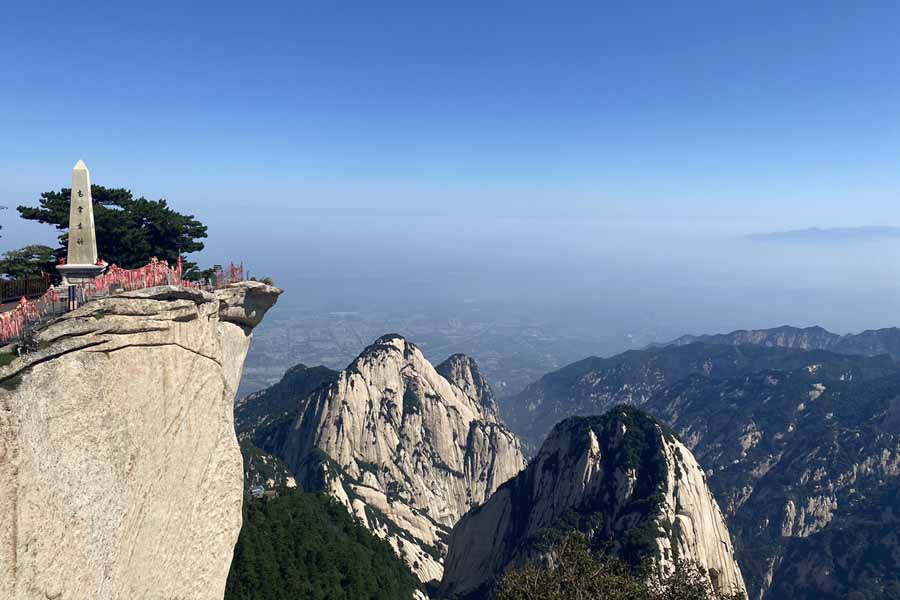
Mount Hua is the most dangerous mountain in the “Five Great Mountains”. Since ancient times, there has been a saying that it is the most dangerous mountain in the world. Located on the eastern mountainside of the south peak, the Changkong Trestle is the most dangerous part and is known as “the first natural barrier of Mount Hua”.The Changkong Trestle has a history of more than 700 years. It was built by Taoist priest He Zhizhen in Yuan Dynasty to stay away from the world and became immortal in retreat. It was built with stone nails and wooden rafters on the bold cliff. Up and down the trestle are precipices. Through the ages, there has been an endless stream of adventurers and tourists.
Mount Heng (南岳衡山) – South Great Mountain
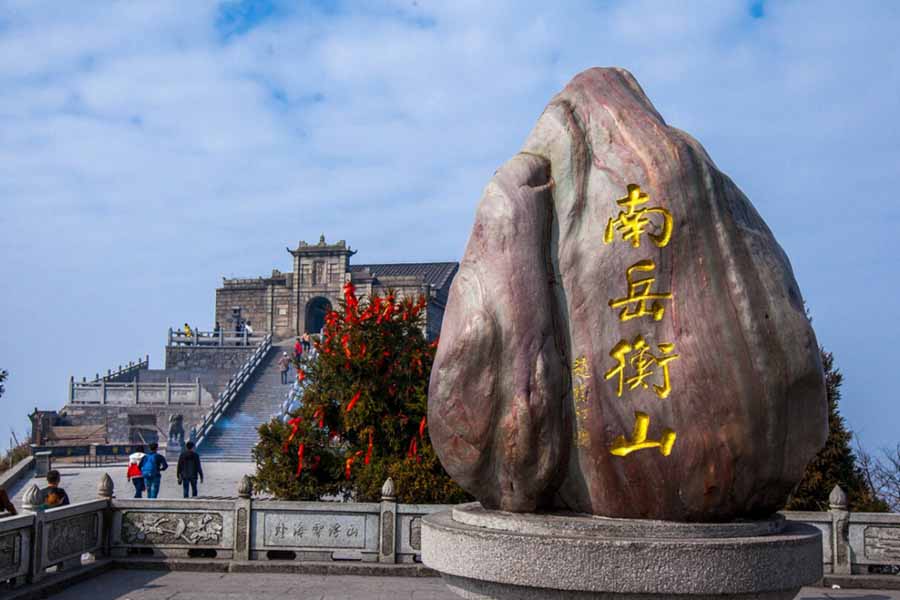
Mount Heng is near the shore of the Xiangjiang River. It has lush forests and beautiful scenery. It enjoys the reputation of being “the most graceful of the Five Great Mountains”. Mount Heng is a famous Taoist and Buddhist holy place in China, with more than 200 Buddhist temples, nunneries and Taoist temples. The main peaks are Huiyan Peak, Zhurong Peak, Zigai Peak and Yuelu Mountain. The highest peak is Zhurong Peak at 1,300.2 meters above sea level.
Mount Song (中岳嵩山) – Central Great Mountain

Mount Song is characterized by the word “profound”. Mount Song is an important barrier to the east of Luoyang, the ancient capital city. It has a profound cultural background and is the birthplace of the Chan Sector of Chinese Buddhism and the holy place of Taoism. Mount Song is composed of Taishi Mountain and Shaoshi Mountain, with 72 peaks in total. The main peak is Junji Peak with 1,491.7 meters high, and the highest peak is Liantian Peak at 1,512 meters high.
Located in Shaoshi Mountain, Shaolin Temple is a world-famous Buddhist temple, known as the No.1 temple in the world. At the same time, it is also the birthplace of Chinese Kung Fu. It is well-known for its devoted research and continuous development of Shaolin Kung Fu, known as “all Kung Fu comes from Shaolin, and Shaolin Kung Fu is the best of the world”. Many foreigners also come to learn and feel the charm of Chinese Kung Fu.
Mount Heng (北岳恒山) – North Great Mountain
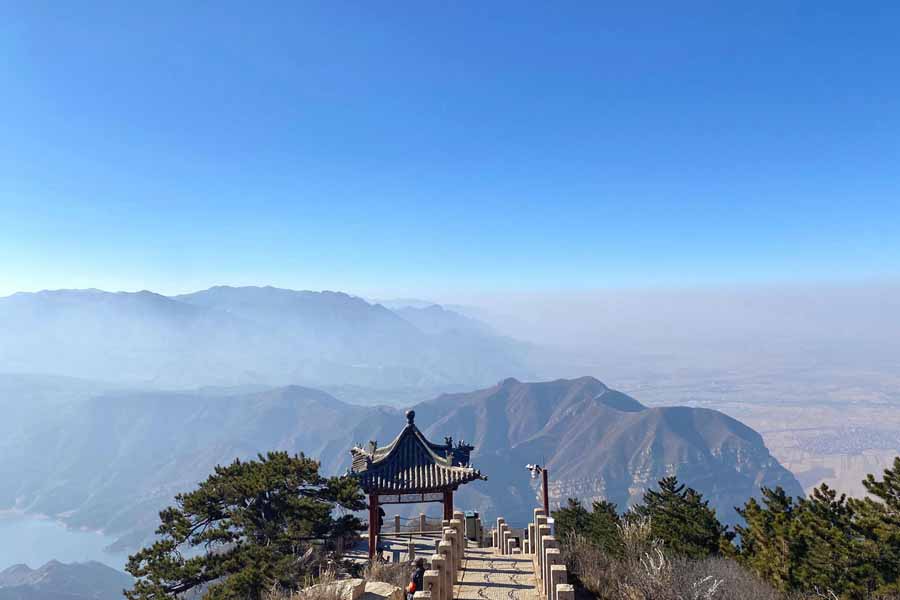
Hengshan Mountain has become a place for military strategists to contend with because of its precipitous terrain and geographical location. Many emperors and famous generals have fought here. And many ancient battlefield relics, such as ancient passes, castles, and beacon towers, have been preserved. Although the traffic is inconvenient and the mountain is steep, there is a treasure in the deep mountains. The famous Hanging Temple is hidden in it. The Hanging Temple in Hengshan Mountain was built in 491 AD and is a unique temple that combines Buddhism, Taoism and Confucianism. In 2010, Hanging Temple was selected as one of the ten most endangered buildings in the world by Time Magazine.
So…What’s the No.1 miracle mountain in China
As the saying goes, “No more mountains after visiting the Five Great Mountains, and no more Great Mountains after visiting Mount Huangshan”. This means that after visiting the Five Great Mountains, you do not need to go to any other mountains because you will find them less fascinating. But after seeing Mount Huangshan, you will feel that the Five Great Mountains are just ordinary. This sentence vividly demonstrates the charm of Mount Huangshan, the No.1 miracle mountain in the world.
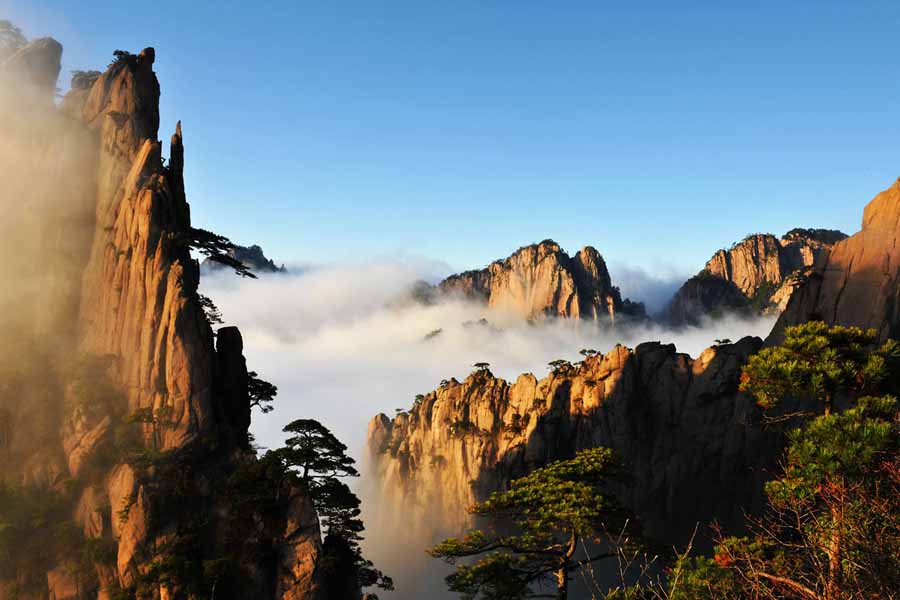
Mount Huangshan(黄山), located in Huangshan City, Anhui Province, is the symbol of Anhui tourism. Its representative landscapes are “Four Wonders and Three Falls”. Four Wonders include strangely-shaped pines, grotesque rocks, the sea of clouds, and hot springs, and Three Falls includes the Herringbone Waterfall, Hundred-zhang Spring, and Nine-dragon Waterfall. The Pine Greeting Guests in Mount Huangshan are a symbol of the hospitality and friendliness of the Anhui people, carrying the Oriental etiquette culture embracing the world.
Further west, on the southern edge of the Qinghai-Tibet Plateau, there stands the world’s tallest and most magnificent Himalayas, which means “home of snow” in Tibetan. Its main peak, Mount Qomolangma, is covered with snow all year round. It is the highest mountain in the world, so it has become a holy place for climbers. Mount Qomolangma has two heights: the snow cover height (total height) adopted by Nepal and other countries is 8,848 meters, and the rock surface height (bare height without snow) measured by the State Bureau of Surveying and Mapping of China in 2005 is 8,844.43 meters.

